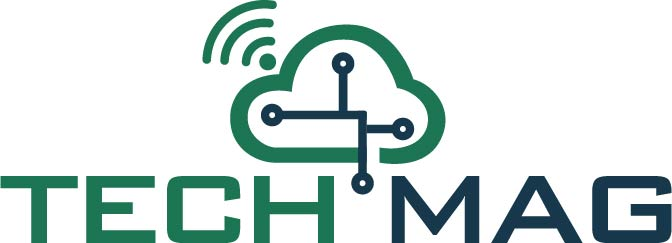
The flow chemistry market is projected to exhibit robust growth by 2027 driven by surging product adoption in diverse processes across multiple industries. Additionally, increasing research efforts across the globe are estimated to further support market growth over the forecast timeline.
Flow chemistry, also referred to as continuous flow chemistry and plug flow, is the process where chemical reactions are performed in a pipe or tube. The process involves pumping reactive components together at a mixing junction, which are then flowed down a temperature-controlled tube or pipe.
Get sample copy of this research report @ https://www.decresearch.com/request-sample/detail/1106
Flow chemistry offers several advantages, such as cleaner products, faster & safer reactions, and easy scale-up. Significant breakthroughs have been reported using flow chemistry systems in the production of artemisinin (malaria) and tamoxifen (breast cancer). Benefits of flow chemistry systems have played a vital role in product uptake within varied industry verticals in recent years.
Notably, organic chemistry has a high prevalence of fluorination, especially in the synthesis of drug molecules. However, the toxicity of hydrofluoric acid, which is the most easily available fluoride reagent, can create certain issues in processes. To address this, in August 2021, researchers from Cardiff University built a fully automated flow system by combining flow chemistry, fluorine chemistry, and electrochemistry for fluorination reactions.
The system was designed to undertake in-situ elimination of hazardous fluorine-containing reagents, which could lower the risk of exposure for experimental chemists. The automated flow system developed by the researchers works on an array of hypervalent iodine mediated fluorination reactions through the use of various substrates. These advancements in the sector have been favorable for the product landscape.
Furthermore, industry players have been deploying strategic initiatives to improve their market standing, which has positively influenced the global competitive scenario, thereby bolstering overall business growth. For instance, in May 2021, Almac Sciences, a key provider in the pharmaceutical sector and a member of the Almac Group, announced its plans to invest £325,000 (~$459,000) towards continuous flow chemistry equipment for its laboratory expansion - an R&D center for biocatalysis, flow chemistry, and peptide technologies.
For comprehensive assessment, the flow chemistry market has been bifurcated on the basis of product, end-user, and region. In the regional landscape, the Middle East & Africa flow chemistry market is likely to expand at a CAGR of around 12.4% through the forecast period to reach a sizable revenue by the end of 2027.
Request For TOC of Report @ https://www.decresearch.com/toc/detail/flow-chemistry-market
Widespread presence of several petrochemical industries in the Middle East is anticipated to be a key driver for the regional flow chemistry market growth in the upcoming years. Flow chemistry technology is set to enhance the production capacity for petrochemical plants that are continuously operational, which is slated to be a lucrative application segment in the market over the next eight years. Moreover, mounting pharmaceutical and chemical demands across the African countries is set to further propel regional market expansion in the future.
